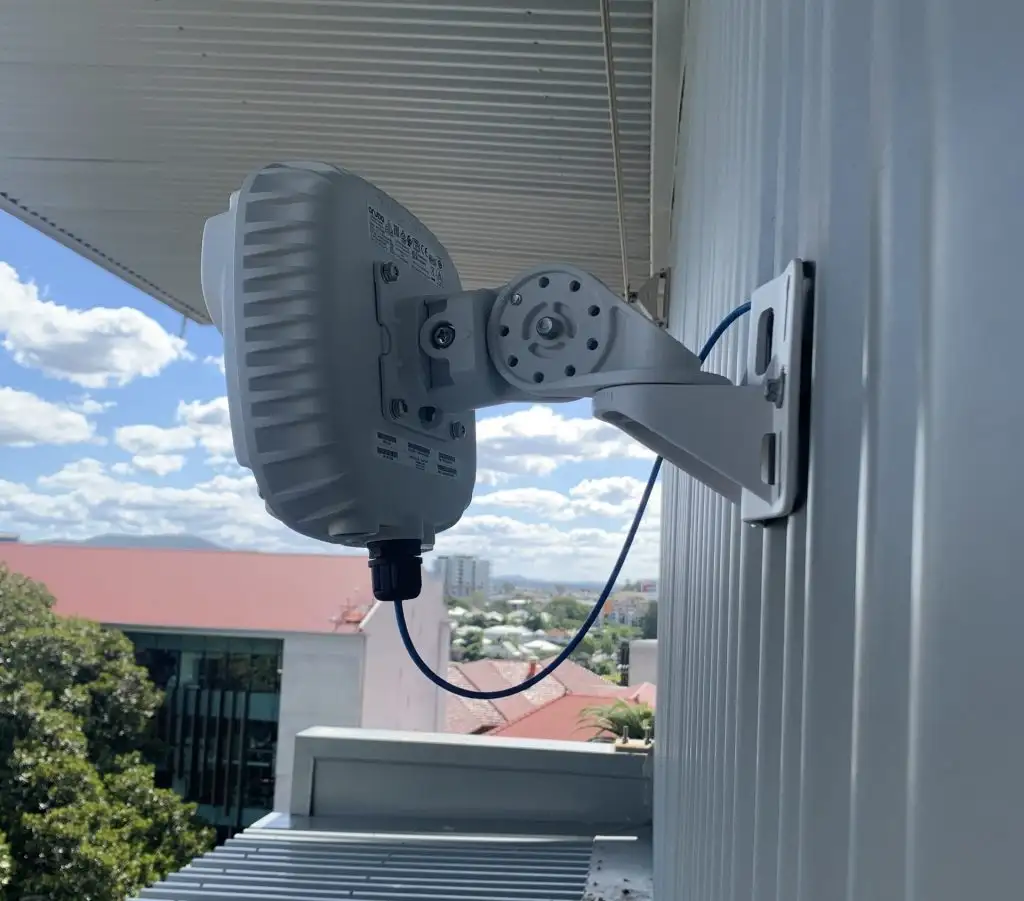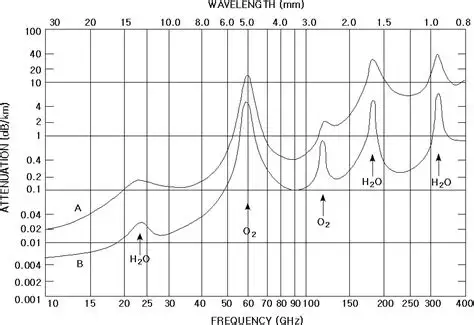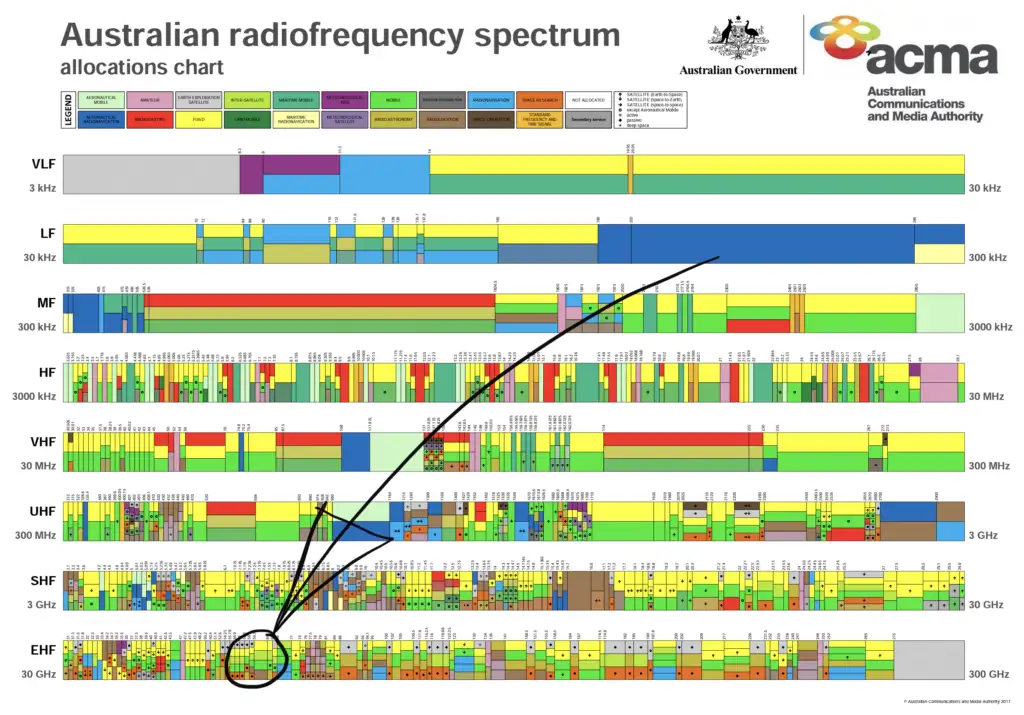60GHz Technology

We recently installed a pair of new Aruba AP-387s for a client. These use new 60GHz technology and allows us to create a low cost and reliable 1Gbps full duplex link. It also has a 5GHz radio supporting approximately 430Mbps in full duplex mode.
These are great for connecting across the street or for distances up to 400M and as the spectrum is relatively clear data transmission is error free. The 5GHz radio normally operates as a back up radio if something prevents the 60GHz system somehow (high rain fall) with seamless switching. The 60GHz part of the system uses the 802.11AD 2502.5 Mbps max rate standard in a single stream using the 57-64GHz spectrum.
Typically, this part of the spectrum is avoided for reliable long distance communications because of rain fade and atmospheric absorption. At 60GHz the oxygen in the atmosphere will absorb the RF energy and if there is a rain at 200m/hr rates the attenuation will be about 25dB or more. So this means short links only, but means there will be little interference from other transmitters nearby.

 There are 4 channels available for use in Australia.
There are 4 channels available for use in Australia.
802.11AD uses a single channel (2.16GHz) to achieve a data rate of 2502.5GBps. There is a new standard coming (and equipment) which will develop the use of this spectrum to achieve higher data rates. There are two standards evolving, namely 802.11AD and 802.11AY. Both will have their place but they operate differently. The 802.11AY standard evolved from the Facebook backed Terragraph network effort and is more suited for last mile delivery of internet services.
802.11AY will add channel bonding, MIMO and the use of multi streaming. It will support modulation rates of up to 256 QAM. This will allow data rates of 44Gbps per stream and with 4 streams, data rates of 176 Gbps will be achievable. That’s smokin!
I predict that we will only see a max of 88Gbps on the outdoor WAN link technology because over a long distance it is hard to support the four special streams. Two streams is more straight forward as they can be transmitted at different phases (one antenna pointing up and one pointing horizontally). When MIMO is used it usually works well with reflections and high gain antennas and long distance links are not compatible with this.
